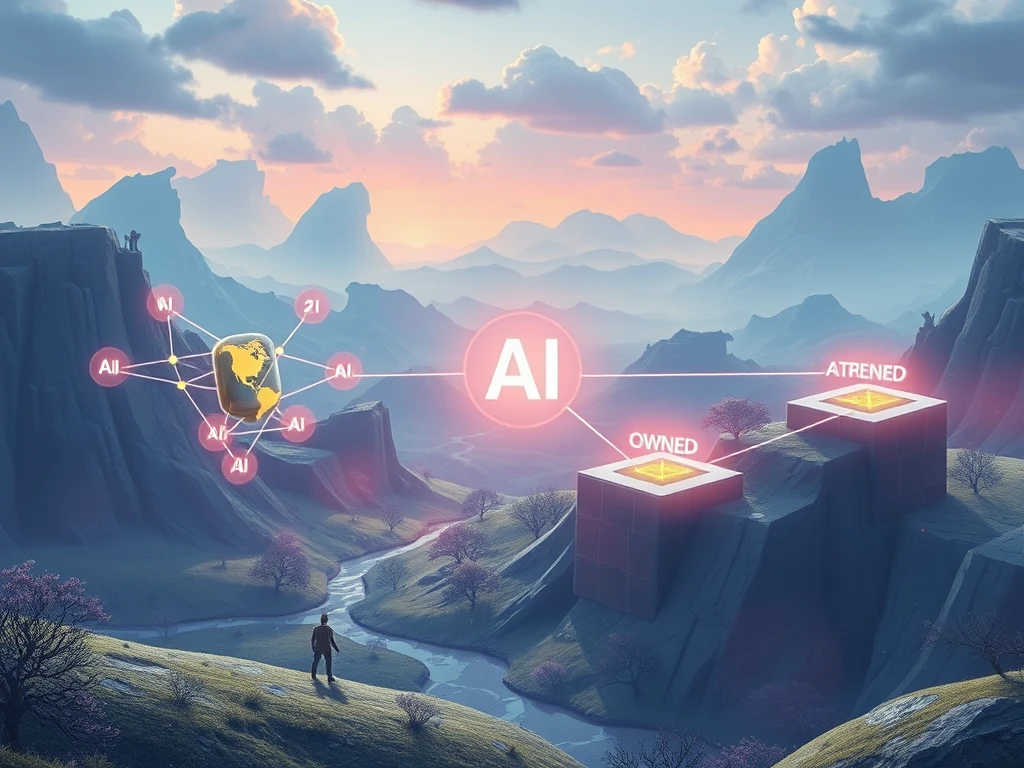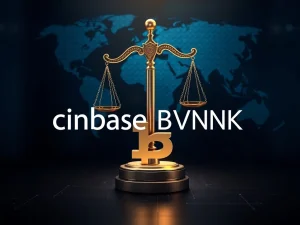Unlock the Future: Why Blockchain is Essential for Next-Gen AI Gaming

For those immersed in the world of cryptocurrencies and the evolving landscape of digital entertainment, a significant shift is underway. While artificial intelligence is rapidly transforming how games are created and played, the true potential of AI gaming remains constrained by traditional, centralized systems. The key to unlocking truly dynamic, persistent, and player-centric experiences lies not just in smarter AI, but in integrating blockchain technology.
Why Centralized Systems Limit AI Gaming‘s Potential
Many still question the necessity of blockchain in games, seeing it merely as a tool for trading or speculation. However, as AI agents become more sophisticated and interactive, the limitations of centralized infrastructure become starkly clear:
- **Disposable Creations:** AI can generate personalized game content and interactions, but if these exist only on corporate servers, they are temporary and owned by the company, not the player.
- **Lack of Persistent Memory:** Most AI agents forget interactions once a game session ends. Without a shared, permanent record, evolving storylines and character relationships cannot develop consistently.
- **Trapped Progress and Assets:** Player achievements, AI agent evolution, and generated items are tied to a single game or account. If the game publisher shuts down the server or the player moves on, everything is lost.
- **Exploited Creativity:** When players co-create with AI by influencing the game world or generating content, they cannot benefit from their contributions in a meaningful way.
This centralized model turns potentially rich, evolving worlds into walled gardens where experiences are temporary and player contributions lack lasting value.
Blockchain Gaming: The Missing Piece for Persistence and Ownership
Blockchain technology provides the foundational layer necessary to overcome these limitations and enable the next generation of AI gaming experiences. Its distributed ledger structure offers critical capabilities:
- **Persistent Memory:** Recording player actions, achievements, and AI interactions on a decentralized ledger ensures data isn’t lost when a session ends or a server goes offline. This allows AI agents to learn and evolve consistently, supporting complex, unfolding narratives and smarter NPCs.
- **True Ownership:** When game progress and assets are recorded onchain, they are stored in the user’s wallet, not a corporate database. Players gain actual ownership and control over their history and digital items.
- **Decentralized Storage:** Assets like AI-generated items can be minted as NFT gaming tokens. These NFTs are stored decentrally, making them immune to unilateral deletion or restriction by a publisher.
This shift from renting in-game items to owning them fundamentally changes the player’s relationship with the game world and their digital identity.
Beyond One Game: Creating Decentralized Gaming Ecosystems
One of the most powerful aspects of integrating blockchain is the ability to break down the walls between games. When assets, characters, and even AI agent progress are stored onchain, they can potentially be carried across different virtual worlds and platforms. An AI companion shaped in one game could retain its traits and memories when brought into another.
This capability fosters a unified social ecosystem where players connect not just through leaderboards, but through shared, provable histories, owned creations, and unique journeys built together with AI. Comparing owned AI-generated items or showcasing achievements becomes a new form of social interaction.
Addressing Scalability and Enabling Web3 Gaming Monetization
A common concern is the cost and speed of storing large amounts of data on a blockchain. However, recent advancements in Layer-2 and Layer-3 scaling solutions have dramatically reduced transaction costs and increased throughput. These platforms can handle the data accumulation required for widespread AI gaming and millions of users cost-efficiently.
Furthermore, true asset ownership unlocks new, healthier monetization models. Instead of relying solely on initial sales or in-game purchases, web3 gaming allows:
- **Player-Driven Marketplaces:** AI agents and players can forge unique items and mint them as NFTs, enabling vibrant in-game marketplaces where assets can be traded, licensed, or rented.
- **Developer Revenue Share:** Developers can earn a percentage of transactions on these marketplaces, charge fees for minting or customization, and offer premium tools to creators. This creates an ongoing revenue stream tied to player activity and creativity.
This approach rewards players for their time, creativity, and skill while providing developers with sustainable revenue that aligns with the growth of their player base and ecosystem.
The Path Forward for Next-Gen Experiences
The integration of AI is undeniably reshaping the gaming landscape, offering unprecedented levels of personalization and dynamic content. However, without the decentralized infrastructure provided by blockchain, these advancements will remain trapped within centralized silos, limiting their potential for persistence, ownership, and true social interaction.
Blockchain is no longer just an optional feature for games; it is becoming a critical component for building consistent, player-owned, and economically vibrant AI gaming experiences. Embracing decentralized gaming is essential to move beyond temporary demos and unlock the full, transformative power of AI in the future of entertainment.







